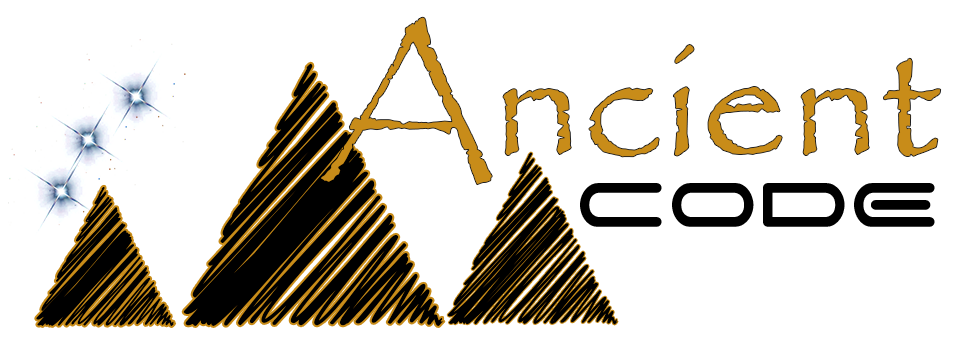 Nazca lines, tree (seen from the observation tower). Image Credit: Wikimedia Commons
Nazca lines, tree (seen from the observation tower). Image Credit: Wikimedia Commons
It was in 1927, when Airlines started flying over Peru and the Nazca region that passengers reported strange lines, figures and shapes on the ground.
Airplanes filled with tourists from all over the world quickly conquered the Nazca skies and hundreds of different designs were discovered in the region. These geoglyphs depict animals, intriguing geometrical designs and humanoid figures, but what is perhaps one of the most interesting things about Nazca is that these drawings are scattered over two hundred square miles. Here we bring you some 20 facts about the Nazca lines.
There are over 800 straight lines, 300 geometric figures and 70 animal and plant designs, also called biomorphs. The largest figure found at Nazca stretches about 200 meters across. The Longest glyph found at Nazca goes for 9 miles. According to archaeologists these mysterious drawings were created by the Nazca people. The Nazca people flourished in the region between the 1st and 8th century A.D. The lines were formed by the careful removal of the reddish iron oxide pebbles that make up the desert surface. The reason the Nazca lines survived so long is because of the weather conditions in the region, there is little rain and wind is almost nonexistent. According to legend, the mysterious Inca creator god Viracocha, commissioned the Nazca Lines and glyphs in the past. Viracocha was one of the most important deities in the Inca pantheon and seen as the creator of all things, or the substance from which all things are created, and intimately associated with the sea. There are some scholars that have discovered curious patterns in the numerous designs and they suggest that the Nazca might be one of the earliest known examples of applied geometry. One of the most intriguing designs of Nazca is the one which represents a Spider. Phyllis Pitluga, senior astronomer at the Adler Planetarium and a protégé of Reiche, performed computer-aided studies of star alignments. She asserted the giant spider figure is an anamorphic diagram of the constellation Orion. In 1985, the archaeologist Johan Reinhard theorized the lines and figures were part of religious practices involving the worship of deities associated with the availability of water, which directly related to the success and productivity of crops According to some claims, scientists from the University of Dresden researched the Nazca lines, measuring the magnetic field and electric conductivity. According to these claims, the results of the research performed by scholars of the University of Dresden showed that electric conductivity was 8000 higher on the Nazca lines than next to them. The region where the Nazca lines are located is a mineral rich environment where Nitrates have been found in abundant quantities. It is a fact that the Nazca lines can only be truly appreciated from the air, when seen from the ground it is nearly impossible to make out the figures and geometric patterns. The most famous of the Nazca glyphs are: The Hummingbird, The Condor, The Heron, The Astronaut, The Spider, The Pelican, The Dog, The Hands and The Monkey. Most of the Nazca lines are between 10 to 30 cm deep. The rapid change in weather conditions around the world could cause extreme damage to the Nazca lines as only small amount of water is needed for the Nazca lines to be washed away. In a December 2014 publicity stunt, Greenpeace placed a series of large cloth letters visible from the air reading “Time for change! The future is renewable GREENPEACE” in the area next to “The Hummingbird”, leaving footprints in the ground in the area around the lines.Here is our image gallery of the Nazca Lines:
We strive for accuracy and fairness. But if you see something that doesn’t look right please contact us.
Source:
Ancient Code, The Nazca connection.
Image Credit: Wikimedia Commons

 Movie
Movie 3 months ago
92
3 months ago
92 






![Presidents Day Weekend Car Sales [2021 Edition] Presidents Day Weekend Car Sales [2021 Edition]](https://www.findthebestcarprice.com/wp-content/uploads/Presidents-Day-Weekend-car-sales.jpg)



 English (United States)
English (United States)